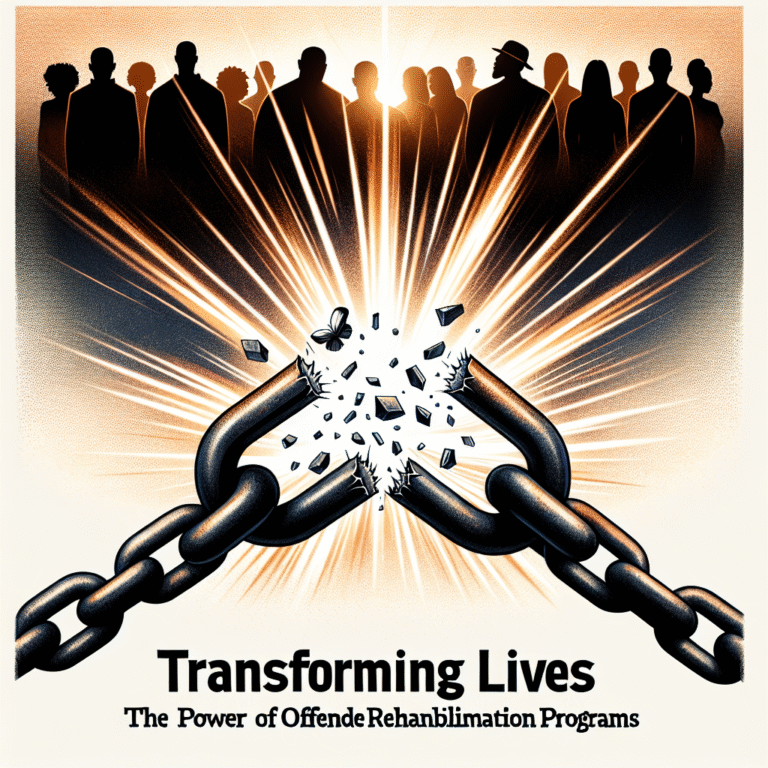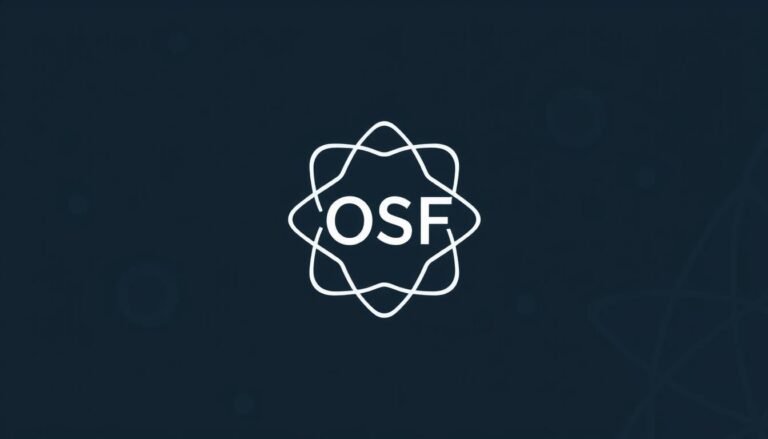
Introduction
In an age where content saturation is the norm, standing out requires a unique touch. Whether you’re drafting an email, crafting a marketing campaign, or developing a personal blog, the ability to personalize your message can significantly enhance its impact. With the keyword "Feel free to tweak these suggestions to better fit your angle!" in mind, this article delves into the essence of personalization, offering practical insights and strategies that empower you to resonate with your audience on a deeper level.
Imagine a world where your communication feels tailor-made for each recipient. Personalization not only captures attention but also fosters connection and trust. This guide aims to provide you with actionable strategies, case studies, and tools to help you embrace the art of personalization.
Understanding Personalization: Why It’s Essential
The Psychology Behind Personalization
At its core, personalization taps into human psychology. According to a study by Epsilon, a staggering 80% of consumers are more likely to make a purchase when brands offer personalized experiences. This statistic underscores the power of customization in fostering engagement.
Table 1: The Impact of Personalization on Consumer Behavior
| Factor | Impact on Engagement |
|---|---|
| Personalized Emails | 29% higher open rates |
| Targeted Ads | 70% higher click-through rates |
| Custom Recommendations | 61% of consumers prefer brands that tailor suggestions |
How Personalization Builds Trust
When you personalize communication, you make the recipient feel valued. This is akin to saying, "I see you and understand your needs." Trust is built through consistent, relevant, and thoughtful interactions.
Practical Personalization Strategies
1. Tailor Your Content
When crafting your message, keep in mind the specific needs and desires of your audience. Feel free to tweak these suggestions to better fit your angle! For instance, a startup may wish to consider its target demographic’s interests when writing blog posts or social media updates.
Case Study: Spotify’s Personalized Playlists
Spotify has mastered the art of personalization. Its algorithm curates playlists based on user preferences and listening histories. This not only keeps users engaged but also creates a unique user experience that feels intimately tailored to them.
Relevance: Spotify’s approach showcases how algorithms can enhance personalization, making every user feel special.
2. Segment Your Audience
Segmentation allows for more focused communications. Divide your audience into categories based on demographics, behaviors, or interests. This will enable you to craft messages that resonate more profoundly.
Chart 1: Effective Segmentation Strategies
| Segment Type | Description | Benefits |
|---|---|---|
| Demographic | Age, gender, income | Tailored offers that speak directly to needs |
| Behavioral | Purchase history, site interactions | Targeted ads based on past behavior |
| Psychographic | Interests, values, lifestyle | Content that aligns with personal beliefs |
3. Personalize Emails
Email marketing remains one of the most effective channels for personalized communication. Using the recipient’s name, recommending products based on previous purchases, and adjusting your email layout based on user preferences can significantly improve engagement.
Case Study: Amazon’s Email Campaigns
Amazon sends personalized recommendations that reflect past purchases and browsing history. When users receive tailored suggestions, they are more likely to click through and ultimately make a purchase.
Relevance: Amazon’s success in email personalization exemplifies its effectiveness in driving sales and fostering customer loyalty.
4. Utilize Feedback
Creating opportunities for feedback is crucial for understanding your audience better. Use surveys, polls, and direct communication to gather insights that can help you adjust your content and approach.
Tools to Enhance Personalization
1. CRM Software
Customer Relationship Management (CRM) tools like Salesforce and HubSpot allow businesses to gather and analyze vast amounts of data about their customers, facilitating more personalized interactions.
2. Email Marketing Platforms
Services like Mailchimp and Constant Contact offer automation features that provide personalized messaging based on user behavior and preferences.
3. Analytics Tools
Google Analytics and social media insights give you access to data that reflects user interaction, helping you refine your targeting strategies.
The Future of Personalization
As technology evolves, the opportunities for personalized communication will expand. Artificial Intelligence (AI) and machine learning will enable brands to analyze consumer behavior and preferences more deeply, allowing for even more personalized experiences.
Embracing Change
To stay ahead, businesses and individuals alike must be open to adapting their strategies. Personalization is not a one-size-fits-all approach; it’s about learning and evolving alongside your audience.
Conclusion
Personalization is not just a trend; it’s a fundamental shift in how we communicate. By adopting these strategies and embracing the notion of tailoring messages, you can build stronger relationships and foster loyalty.
Remember, as you explore these avenues, feel free to tweak these suggestions to better fit your angle! Experimentation is key to discovering what resonates with your audience.
FAQs
1. What is the importance of personalization in marketing?
Personalization in marketing helps businesses connect with their audience on a deeper level, leading to higher engagement rates and improved customer loyalty.
2. How can I start personalizing my content?
Begin by understanding your target audience—collect feedback and segment them based on various factors to create tailored messages.
3. What tools can assist with personalization?
CRM systems, email marketing platforms, and analytics tools can greatly enhance your personalization efforts.
4. Is personalization only for big businesses?
No, personalization can be implemented by businesses of all sizes! Even personal bloggers can customize their messages to better connect with their readers.
5. How can I measure the success of my personalized campaigns?
Track key performance indicators (KPIs) such as open rates, click-through rates, and conversion rates to gauge the impact of your personalized efforts.
By approaching your communication with a personalized touch, you’re not only setting yourself apart from the competition but also creating meaningful connections that resonate with your audience. As you embark on the journey of personalization, remember to feel free to tweak these suggestions to better fit your angle! Experiment, learn, and grow alongside your audience for optimal results.

















